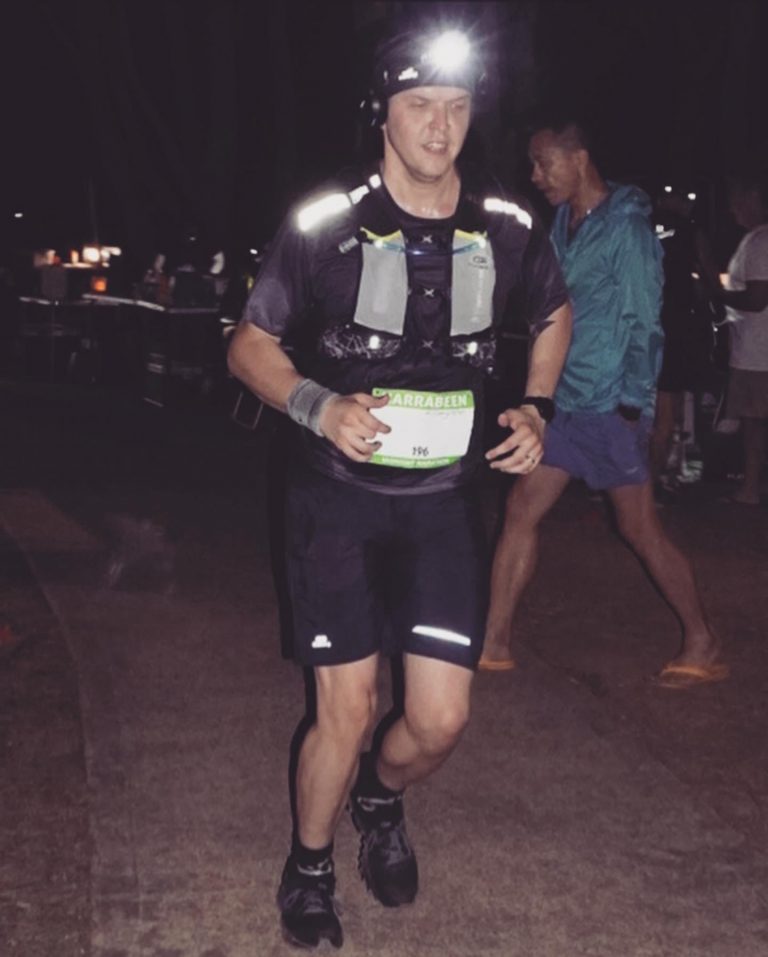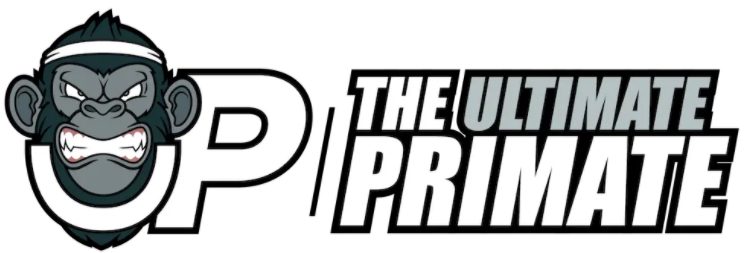Whether you’re a beginner at running or a veteran who’s done a hundred races, one of the most critical aspects of the sport is what goes on your feet. There are plenty of arguments that lean towards buying more expensive running shoes. But are they worth it?
The big question is: Should you pay for expensive running shoes? We took a deep dive into the world of running shoes to answer the question of whether or not these more expensive running shoes are worth the price.
Why Are Some Running Shoes More Expensive?
Before we can answer whether or not the more expensive running shoe is worth the price you pay, we first have to break down why some shoes can range from hundreds of dollars to $20 at your local big box store.
Quality
Running shoes are designed to last. If you’re going to be paying upwards of over one hundred dollars for a pair of shoes, you’re probably going to expect them to last longer. A good running shoe should be able to take a lot of running before it begins to fall apart. When you walk into a shoe store, you’re probably going to expect that the more expensive shoe will last longer and pay the price for it.
Weight
The shoe’s weight is a huge factor for many runners, and shoe manufacturers know this. The lighter the shoe, the less risk of injury. Running shoes that are geared towards professional or serious runners tend to be more lightweight and thus tend to be more expensive.
Brand Names
One of the biggest reasons that shoes range widely in price is because of the brand. Often, you’re not paying for the quality of the shoe but rather the exclusivity of owning a branded item that has put a lot of money into its brand name. A shoe that is associated with a high-end or luxury brand is going to be more expensive than a brand that nobody has ever heard of before.
Shoe Design
Designing a running shoe takes a lot of practice. The shoe has to fit the widest variety of people based on the size, and then it has to be able to support the entire body while the person is running. If you’ve got a poorly designed shoe, you’re not going to be able to go running for very long.
A company that has put a lot of time, effort, and money into designing their shoes to be the best possible running shoe on the market, then it leads to the shoe being more expensive in price. If the materials the shoe is made with are costly and hard to produce, the customer will also be paying a higher price.
What Is the Truth About Expensive Running Shoes?
As it turns out, expensive running shoes aren’t always better. For the most part, we as consumers have been conditioned into thinking that something that costs more is better quality, better design, and will last us longer than something that is more affordable.
A few different studies have looked at the correlation between quality and cost in running shoes and have come up short.
One study in 2009 by the British Journal of Sports Medicine concluded that expensive, elevated cushioned heels and pronation control in expensive running shoes had no evidence that these embellishments in their shoes actually worked. After two years, research built on that same study found that pronation control in running shoes could actually potentially cause injury to the runner.
Another study that looked at the reviews of 391 different running shoes from 24 different brands found that expensive running shoes weren’t rated any higher than affordable ones. Instead, the study found that affordable running shoes were actually, on average, rated higher than expensive ones.
This same study also found that the least expensive brand rated higher among actual users than some of the most expensive running shoe brands.
The Issues With Expensive Running Shoes
One of the reasons that expensive running shoes tend to cost more is the inclusion of cushioning in the design. Cushioned running shoes might feel nice, but the expense that you pay might not be worth it.
Due to the extra material, cushioning tends to add weight to the shoe. The cushioning might feel nice, but in the long run, it makes for a slower overall race. Cushioning also changes the stability in your stride and puts you at risk for heel striking. If you’re not paying attention, this added cushioning can really affect your running form and cause injury.
On the other hand, the lighter shoes that tend to be more expensive and geared towards professionals and serious runners also have their downsides. Lighter shoes don’t last as long as shoes with a little more weight and heft to them.
If you’re looking for a shoe that’s really going to last, then forgoing an expensive, light shoe might be the way to go. Unless you’re comfortable with spending hundreds of dollars every month or so on an expensive, lightweight shoe, then you’ll want to go with a more affordable and durable shoe.
What You Should Look For in a Running Shoe
A good running shoe isn’t determined by price. You can find a quality running shoe that suits all of your needs without having to pay an arm and a leg. Let’s look at all the things you should be looking for in a running shoe— that don’t include price!
Toe Size
Nothing makes running harder than having squished, too-small toes. If you have a running shoe that doesn’t have enough width for your toes to spread out while you run, then you’re going to end up with blisters. Make sure that your running shoe has enough room in the toes for both the length and the width. Otherwise, you might want to look at wide toe-box running shoes.
Fitting Heel
When you go to try on a new running shoe, you want to make sure that the heel of the shoe doesn’t slip out of place. Make sure to try on both shoes and walk around a bit before making the commitment. The heel of the shoe shouldn’t slip around when you’re walking. A loose heel can cause painful blisters.
Arch Support
While everyone has different arches, you want to make sure that your running shoe has the right amount of arch for your foot. Ideally, the arch should contour to your foot shape after wearing your running shoe a few times. Incorrect arches can lead to injuries or even foot damage like plantar fasciitis.
Room to Grow
When you run, your feet tend to swell up. While you have the right fit, you want to make sure that there’s still some room in your shoe for your foot to swell up when you run. If the fit of your running shoe is skin tight, you’re likely going to have an uncomfortable fit when you run. A too-tight shoe can also lead to skin damage and blisters.
Firm Fit
It might be tempting to get a cushioned shoe that feels nice when you first put it on, but running shoes that are firmer will benefit you in the long run. A firm running shoe actually takes a lot of stress off of your muscles when you run. You’ll be less likely to sustain an impact injury with a firmer running shoe.
Good Flex
The flex point of a shoe is the point where the shoe creases when you press the toe against the ground. When picking out the right running shoe, you should make sure that this flex point lines up perfectly with where your actual toes bend.
Conclusion
Manufacturers have put a lot of time and money into making consumers feel like a more expensive item automatically equals a more quality item. While that may be true in some instances, it definitely doesn’t hold up in the world of running shoes.
Expensive running shoes tend to have embellishments that don’t have any evidence to back up their inclusion. In fact, expensive running shoes with cushioning and pronation control might even be worse for your overall health, as they can cause heel strikes and other injuries.
Expensive, lightweight running shoes may also not be worth the price, seeing as lighter-weight shoes are often less durable than their slightly heavier counterparts. When you pay for an expensive shoe, you’re going to expect it to last for a long time. Unfortunately, for expensive shoes, this isn’t always the case.
So, should you pay for expensive running shoes? The choice is up to you, but if you’re looking to buy a safe and quality running shoe, you should look at more than just the price. You may find that an expensive running shoe isn’t worth it.
Rather than relying on the price to tell you whether or not the shoe is quality, take some time to learn what you should be looking for in a quality running shoe. You may find that your perfect fit is a much less expensive shoe that will be durable and long-lasting for all of your time spent running.

Marko Rakic is a trail runner and fitness enthusiast from Sydney, Australia. He is the lead writer for The Ultimate Primate and believes the best way to live a happy life is through constantly challenging yourself.
